China is a country of walls. Not only the cities were enclosed by walls, but also the quarters, within them again the quarters and each individual residential yard. To the outside, the courtyards had no windows, all life was concentrated inside, everything outside, foreign was, and is, usually seen as a threat. The Chinese characters for the city and for wall are identical: cheng.
No wonder China is so proud of its Great Wall. Correctly translated, it should be called "long wall", and this poses the first riddle: How long is the Great Wall of China? Nobody knows exactly.
History and architectural features of the Great Wall
The Chinese call it wan li chang cheng (万里长城), meaning 10,000 li long wall, which would be about 5000 km. This is probably too little, but wan also means "infinite", which again would be too much. Most estimates are around 6800 km, also quite long. But the wall was not the same length at all times, and it is not a wall at all, but a system of walls that were connected during their best times, in the Han Dynasty and much later in the Ming Dynasty. And besides, contrary to claims to the contrary, you can't see the wall from the moon, it's too thin for that. The astronauts admitted it.
So what about the wall? A look at history may help. Already 2700 years ago individual principalities built walls against the neighbors, which the first emperor let tear down again 2200 years ago because he had fought for a united empire. Only the walls facing north, against the nomadic horsemen, remained standing and were reinforced and interconnected, even later by the Han dynasty. The first wall.
It later fell into disrepair as the center of the empire moved further south, and the Mongols, against whom it had been built, largely demolished it when they conquered China in the 13th century. It was not until the Ming Dynasty (1368-1644), which followed the Mongols, that the wall was again built to keep out the still restless equestrian peoples. And it was at this time that the wall was built to its known length and the form now visible. However, only a few kilometers have been restored, wide stretches are half-ruined, others have completely disappeared.
The wall adapts to the terrain and varies in height from three to eight meters. At the base it is about six to seven meters wide, at the crown still four to six meters. There sit battlements of two meters high on the outside and one meter on the inside.
The outer walls are made of rubble bricks, but inside the wall was filled with whatever was available: soil, stones, cut trees, and the bodies of workers who died during construction. And that was quite a lot because whether summer or winter, the wall was built by forced labor, soldiers were seconded to the construction front, convicts and peasants were conscripted.
As a finishing touch, the crown was fortified with three to four layers of bricks, the joints were filled with lime to prevent plant growth, and a special gutter system provided for the drainage of rainwater.
Thus fortified, even horsemen could move very quickly on the wall. And that is what it was primarily intended for in the Ming Dynasty. It was not a border, but on the one hand a veritable obstacle in the terrain, but even more a communication system. Because on the wall the horsemen moved much faster than in the terrain. In addition, the towers served as accommodation for the guards and storage for supplies and ammunition, but also as signal stations. Flag signals, smoke signals, and signal fires transported messages immediately along the wall and through other towers to the forts located in the hinterland.
How to travel to the Great Wall of China
Some sections of the Great Wall of China have been very well restored, such as Badaling, Mutianyu, and parts of Jingshanling. But, since the Great Wall is inside mountains, it is difficult to go there completely independently. In the wild sections, there is a real danger of simply getting lost without a guide, and traveling there on your own can be very difficult.
Since the Great Wall is rich in history and culture, far more than any other sight, you should have a guide for this who can explain and tell related stories about the Great Wall in context to get the most out of your visit.
The most popular is the section of the wall at Badaling, about 90 km north of Beijing, which can be reached by bus or train. Here there is a big hustle and bustle with stalls and photo booths of all kinds. Mutianyu, about 95 km northeast of Beijing, is also quite lively, while Simatai, 120 km northeast, is a bit quieter.
The section of the wall at Badaling is accessible from 8-20 hrs. daily. It can be quite chilly there, and in any case, you should wear sturdy shoes if you want to climb around a bit on the Chinese bulwark against the barbarians.
FAQs about traveling to the Great Wall of China
1. How much time should I allow to visit the Great Wall of China?
We recommend that you allow 2 to 3 hours to visit the Great Wall of China. You can adjust the time according to your endurance, weather, or available time.
2. How long does it take to get to the Great Wall by car from Beijing? What is the traffic situation in Beijing?
If you leave from the city center and there is no traffic jam, it takes about 1.5 to 2 hours to Badaling/ Mutianyu/ Jiankou/ Juyongguan. It takes 2 to 3 hours from Beijing to the other sections of the Great Wall.
3. Is a visit to the Great Wall strenuous?
The climb is strenuous and sweaty. You can visit sections at Badaling or Mutianyu if you don't want to walk for a long time, as there is a cable car there.
4. Are there many people on the wall? Where can you discover the Great Wall of China away from mass tourism?
The Great Wall of China is an indispensable sight for all tourists, so it is usually full of travelers. But you can visit a less known part of the Great Wall, for example, Simatai or Jiankou. You can also avoid the crowds by postponing the departure time. Visit the wall in the late afternoon, when it is not crowded.
5. Does smog affect the visit of the Great Wall of China?
From November to March, the smog of Beijing is the worst. If you want to visit the Great Wall during this time, you should check the weather reports beforehand. If it is really bad, we recommend you not to visit the Great Wall. You will not be able to see the scenery clearly, it will also harm your health.
6. I want to visit other attractions besides the Great Wall of China if time permits. What other attractions can I visit?
- If you take public transportation, there is not enough time for other attractions.
- If you take a cab or book transportation through us, you can still visit one attraction, for example, the Temple of Heaven, Hutong or the Summer Palace.
- You should not visit the Great Wall and the Forbidden City on the same day. Both sights are very important and the visit takes a long time, especially the distance between the two places is very long.
More about travel in Beijing:
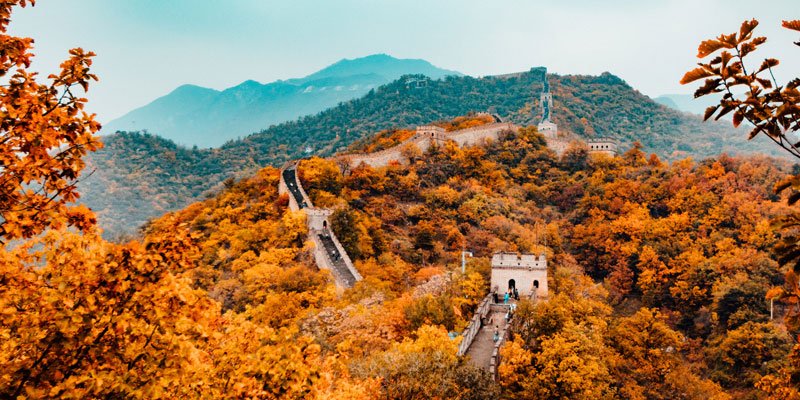
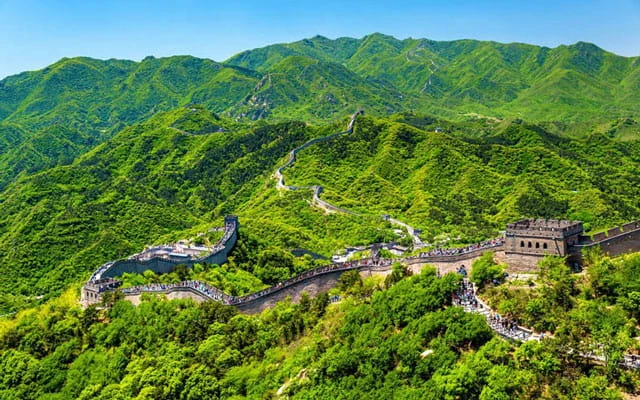
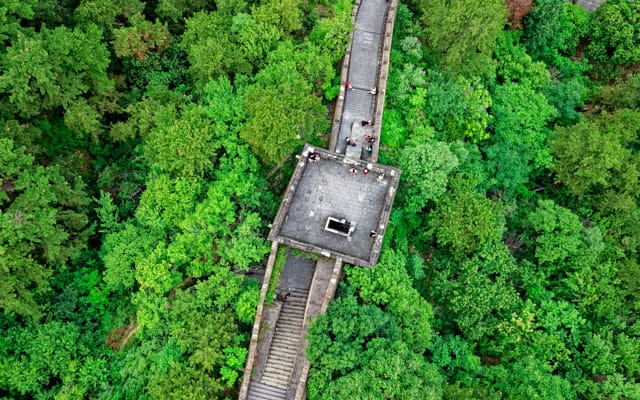
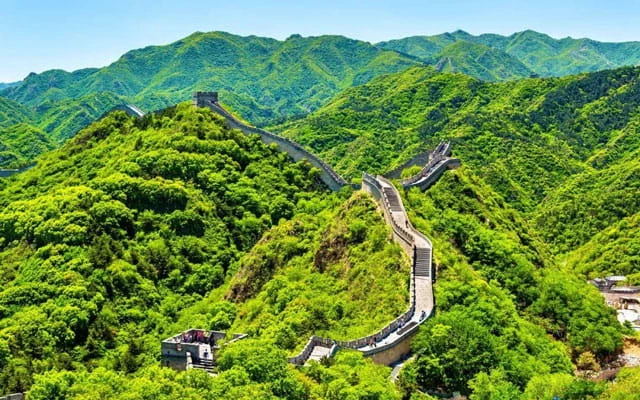
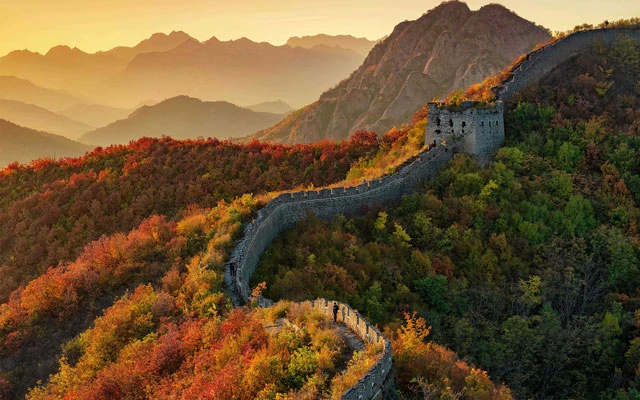
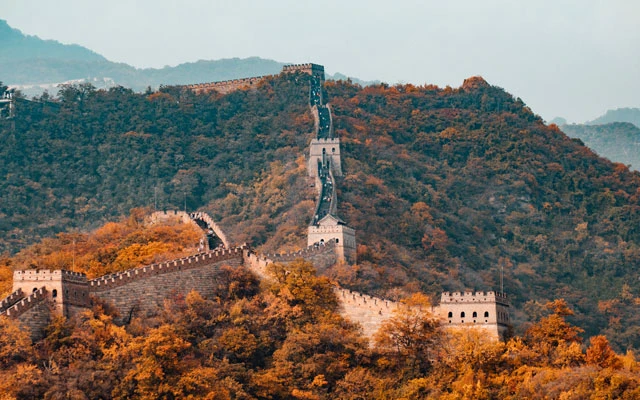
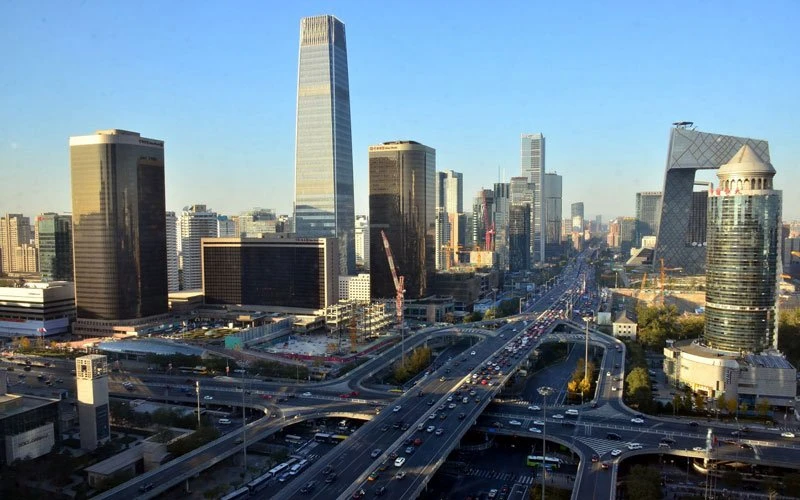
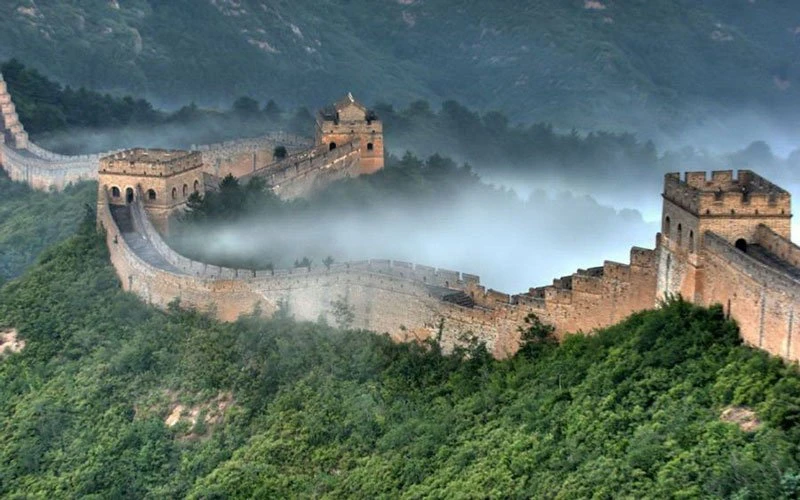

This is a helpful article with a lot of information. Thanks for the tips!
Thanks for the tips 👀
😍😍😍
Meskipun sudah ribuan tahun namun masih kokoh
Salah 1 keajaiban dunia
Went there when I was 4... can't remember much more than the trinket necklaces before we march on the actual Wall ^^